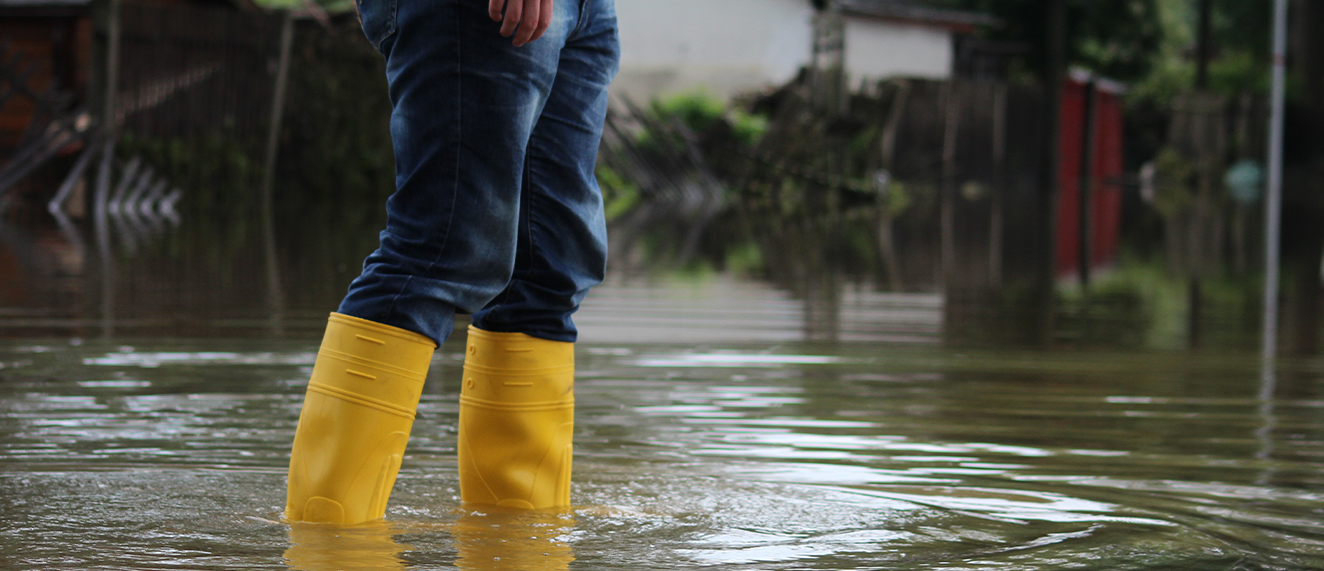Flooding is a significant social and economic challenge for communities across Canada. In addition to climate change, increasing extreme weather and aging infrastructure, flood risk is heightened by a limited awareness of personal flood risk. Canadians lack sufficient knowledge of the practical steps that can be taken to reduce personal and property flood risk, reducing community resilience to flooding.
This year’s “flooding season” is unique and presenting as more challenging for many Canadian communities because of COVID-19, which has resulted in restrictions on personal mobility and imposed guidelines around physical distancing. Its implications range from some communities not opening emergency shelters, to a lack of volunteers for sandbagging efforts. During this time at home, encouraging people to consider potential flood risks to their homes and to take on even simple, low or no cost actions and basic home maintenance to prevent flooding is timely.
Real estate professionals are well positioned to boost clients’ understanding of flood risk and to encourage clients, particularly new home buyers, to recognize and reduce their property’s flood risks. During the home buying process, REALTORS® and other professionals, such as insurance agents, home inspectors and city officials are an invaluable source of information that can help clients improve their knowledge of home flood protection and their capacity to prevent and recover from flooding.
To this end, real estate professionals can encourage clients to:
1. Identify their personal risks: Advise clients to access municipal flood maps to learn if their home is in an area at risk of flooding. REALTORS® can help by familiarizing themselves with the flood prone areas in their community and informing their clients. While this information could deter some buyers, it will prompt others to take additional protection measures on the property. Encouraging clients to consider obtaining a home inspection for the property either before or after the sale will give them the necessary detailed information on where there may be weaknesses on the property, what steps need to be taken and how to prioritize those projects.
2. Take action to prevent flooding: Advise clients to gather information and guides from the local municipal website about installing and maintaining sump pumps and backwater valves, disconnecting and redirecting downspouts and resources on ways to manage stormwater on the property, such as adding a rain garden or installing rain barrels for reusing rain water. Clients should also be advised to take regular and seasonal flood risk reduction measures including checking the sump pump is working, especially during heavy rainfall, elevating or moving valuable items from the lower level of the house and grading the property.
3. Lower their financial risks: Flooding to a home is expensive to repair and difficult to recover from. While taking certain flood risk reduction steps are costlier than others, such as purchasing and installing backwater valves, pointing your clients to their local municipality for information on financial incentive programs, such as rebates, credits and, where relevant, stormwater utility fee reduction programs may lead them to take action. Whether or not there are known risks of flooding, clients should know standard insurance policies do not typically protect them against all types of flooding. Therefore, encouraging clients to speak with an insurance provider to understand their options when purchasing a home will aid them in reducing their financial risks.
For more information and access to resources for you and your clients, visit FloodSmartCanada.ca.
The article above is for information purposes and is not legal or financial advice or a substitute for legal counsel.




